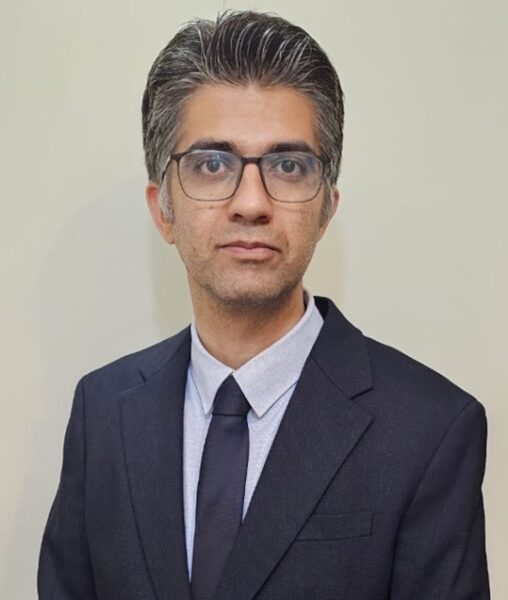
- This event has passed.
Journal Club with Authors #5
July 20, 2024 @ 10:30 – 11:30 IST

Guest Author:
Professor Tiejun Li
Peking University School of Stomatology, China
Prof. Tiejun Li is a distinguished Peking University School of Stomatology professor. He specializes in oral pathology and has significantly contributed to the field, particularly in studying odontogenic cysts and tumors. His research focuses on the molecular pathogenesis of these lesions and the mechanisms of bone resorption caused by aggressive odontogenic lesions.
Ask Your Questions Live…
Adenoid Ameloblastoma Shares Clinicopathologic, Immunohistochemical, and Molecular Features with Dentinogenic Ghost Cell Tumor: A Comparative Analysis
Xue, Jiang, et al. “Adenoid ameloblastoma shares clinicopathologic, immunohistochemical, and molecular features with dentinogenic ghost cell tumor: a comparative analysis.” The American journal of surgical pathology 47.11 (2023): 1274-1284.
Abstract Summary –
The updated World Health Organization (WHO) classification of odontogenic tumors now includes adenoid ameloblastoma (AA) as a distinct entity. However, distinguishing AA from dentinogenic ghost cell tumor (DGCT) is challenging due to their significant morphologic similarities. This study aimed to compare the clinicopathologic, immunohistochemical, and molecular characteristics of AA and DGCT to aid in their differentiation and understand their pathologic mechanisms.
The study analyzed 13 cases of AA, 14 cases of DGCT (15 samples), 11 cases of adenomatoid odontogenic tumor (AOT), and 18 cases of conventional ameloblastoma (AM) for comparison. Key findings include:
- AA and DGCT share a similar long-term prognosis.
- Immunohistochemically, most cytokeratins did not significantly differentiate AA and DGCT, except for CK8/18. CK7 and CK10/13 showed significant differences between AA and AM.
- Nuclear β-catenin accumulation was observed in all cases of AA and DGCT, whereas AOTs and AMs exhibited cytoplasmic β-catenin.
- Molecularly, CTNNB1 hotspot mutations were found in only one AA case. BRAF p.V600E mutations were present in 15% of AA, 7% of DGCT, and 18% of AOT cases, compared to 94% in AM cases. KRAS mutations were found in 63% of AOT cases.
The study concludes that AA shares clinical, immunohistochemical, and molecular features with DGCT and should not be classified solely based on the presence of specific structures. Further research is necessary to explore these tumors’ pathologic mechanisms and potential therapeutic targets.

Assoc. Prof. Pouyan Aminishakib
Oral and Maxillofacial Pathologist
Vice President of the Iranian Association of Oral Pathologists

Prof. Merva Soluk Tekkesin
Department of Tumor Pathology
Institute of Oncology, Istanbul University, Turkey

Jiang Xue
PhD Candidate in Basic Oral Medicine
Peking University School of Stomatology, China

